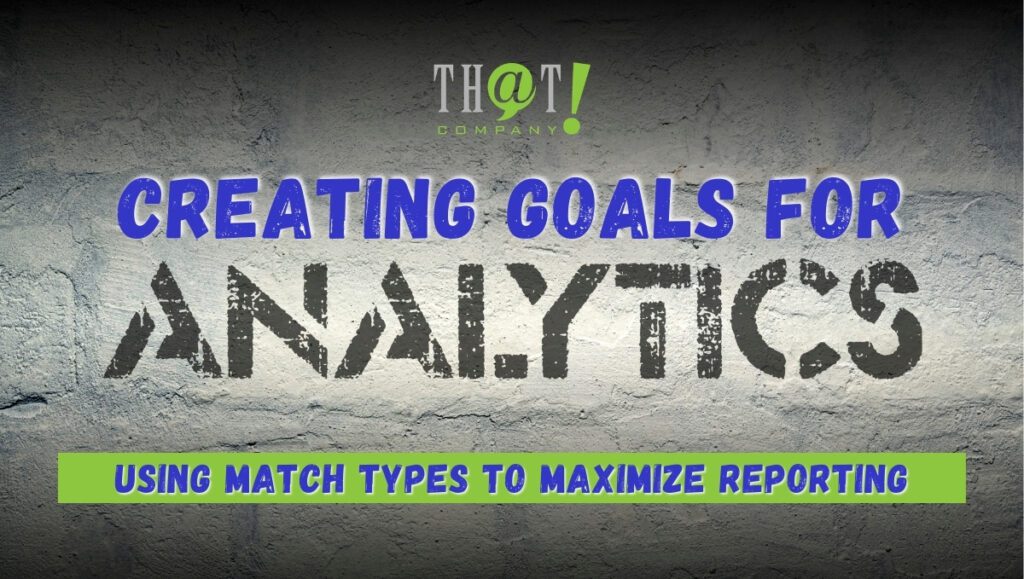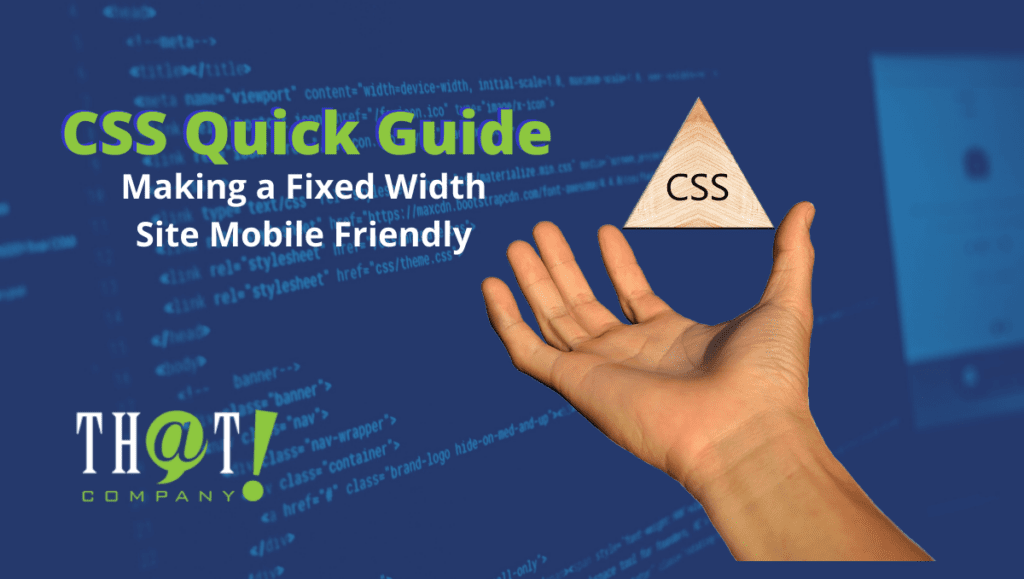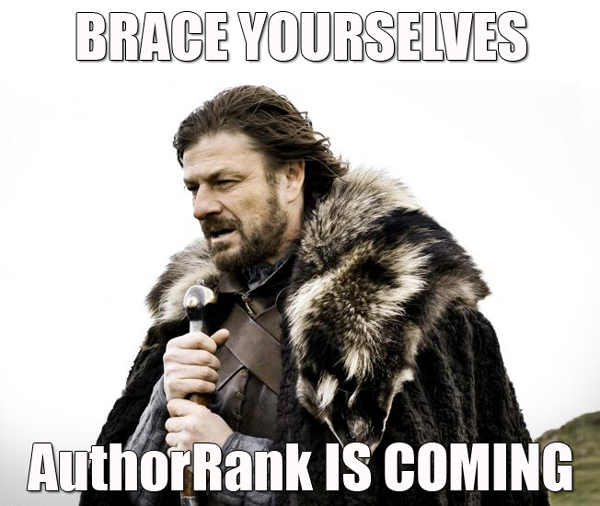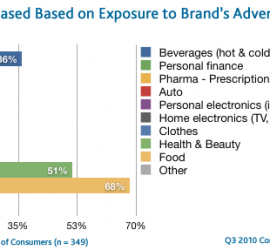Search engine optimization (SEO) is a changing environment as anyone who has been dealing with SEO for a while can tell you. Google is always testing new algorithms, and they can cause some significant turbulence in the search results. Thankfully, Google rolls things out rather than hammering all sites all at once. However, knowing what to look for when optimizing your website to get better search results can be daunting to those who haven’t been keeping up with all these changes. Thankfully, we’ve compiled a small list of things to look at if you’re new or if you’re looking for validation that you’ve been looking at the right things.
- Finding the right keywords
- Look for relevance and stay away from repetition
- Technical SEO – Clean up your website
Finding the Right SEO Keywords
 While it may seem like a no-brainer to think of keywords that are relevant to your site, you may be surprised to find out that the keywords you’re thinking about aren’t searched very frequently. Start your keyword research by jotting down the keywords you think work. Use some SEO tools to check on what keywords your competition is ranking for. Use Google’s keyword planner within Google Ads to flesh out more of the list and get important data like search volume and average cost per click. This is the basic start for finding a list of keywords.
While it may seem like a no-brainer to think of keywords that are relevant to your site, you may be surprised to find out that the keywords you’re thinking about aren’t searched very frequently. Start your keyword research by jotting down the keywords you think work. Use some SEO tools to check on what keywords your competition is ranking for. Use Google’s keyword planner within Google Ads to flesh out more of the list and get important data like search volume and average cost per click. This is the basic start for finding a list of keywords.
With the keyword planner, you can use the average search volume information to find the keywords that are likely to bring in the most traffic. The average cost per click will help you see how competitive the keywords are. The more expensive the cost per click, the more difficult the keyword is likely to be obtain quickly. There are other online tools that you can use to get more detailed data to help find the best opportunities. We produce an Initial Analysis Report (IAR) for all SEO clients to help us figure out the keyword opportunities we should go after and to set realistic expectations on the difficulty of keywords.
Once you have your keyword research completed, you need to weed through them and remove any keywords that aren’t accurate to your business, such as keywords that will bring in the wrong clientele. Then you need to figure out which keywords are closest to what your business is about, and decide the keywords you’d most prefer to see on page 1 in the search results. Next, pick out several other keywords that can be topical keywords to the main keywords you’ve chosen. Often, main keywords can be different enough that they’ll have separate thematic keyword sets.
Look for Relevance and Stay Away from Repetition
You now need to look at your website and see which pages would be most relevant for your main keywords. There should be different pages based on your main keywords, unless the keywords are so closely related that a separate page would only state the same information. Some example keywords are those that are plural and singular or that are synonyms. Once you’ve figured this part out, you’ll want to jot those down as well. Make sure that all your main keywords have homes on your main pages even if you must create new pages. You may find that you don’t have enough information about certain things that people may be looking for, which is the point of doing keyword research.
Repetition is a part of SEO, you want to avoid too much duplication. Above all , you want to make sure that you’re looking at your website from the perspective of your target audience. Make sure that you’re not spamming visitors with specific keywords. You’ll want main keywords in meta titles and descriptions, (the items you see when you look at the search results), and you’ll want them in various headers on the relevant page. You don’t want to see the keyword a bunch of times on the page to the point that it’s the only thing your eyes are focusing on. Take a break and come back later to just read the content and see if anything odd stands out. If you see it, so will your visitors.
Technical SEO – Clean Up Your Website
This is one of the most important things you can do in SEO, and it encompasses a lot of areas. Unfortunately, this may be a task that you’ll need to hire someone to work on as this is the technical aspect of search engine optimization. If you’re familiar with creating websites or are at least familiar with the admin section of your content management system (CMS), then you should be able to take care of these issues. In no particular order, you’ll want to take care of the following items:
- Page loading speed
- Broken links
- Broken pages
- Broken Images
- Poor navigation
Fix Your Page Load Speeds
 The speed at which your website and each page loads is a significant factor to SEO. Though it doesn’t have anything to do with keyword rankings, it plays a substantial part in your bounce rates and subsequently your click-through rates. If you’re not familiar with the term, bounce rate is the measurement of people who visit your website and immediately leave or visit your site and stay on the page they visited for a lengthy amount of time without going to other pages on your website. With a slow loading website, you’re more likely to get people who immediately back out to the search results because they don’t want to wait for your site to load up the information they are looking for.
The speed at which your website and each page loads is a significant factor to SEO. Though it doesn’t have anything to do with keyword rankings, it plays a substantial part in your bounce rates and subsequently your click-through rates. If you’re not familiar with the term, bounce rate is the measurement of people who visit your website and immediately leave or visit your site and stay on the page they visited for a lengthy amount of time without going to other pages on your website. With a slow loading website, you’re more likely to get people who immediately back out to the search results because they don’t want to wait for your site to load up the information they are looking for.
Broken Links, Pages, Images, and More
 You’ll want to use an SEO site auditor to find issues on your website. Once you’ve located the pages that have broken items such as links, pages, images, and more, you’ll need to fix them. Broken links may be creating broken pages as those links are pointing to pages that can’t be found. External links, the links pointing to other websites, need to be updated or removed. Internal links, the links pointing to other pages on your site, also need to be updated or deleted. Some pages may have been removed on purpose, and a link is still existing on your website, so this can help identify them so the links can be removed or replaced with new links pointing to pages that are relevant. Fixing broken images is self-explanatory as you’ll want to remove or replace the pictures with new ones.
You’ll want to use an SEO site auditor to find issues on your website. Once you’ve located the pages that have broken items such as links, pages, images, and more, you’ll need to fix them. Broken links may be creating broken pages as those links are pointing to pages that can’t be found. External links, the links pointing to other websites, need to be updated or removed. Internal links, the links pointing to other pages on your site, also need to be updated or deleted. Some pages may have been removed on purpose, and a link is still existing on your website, so this can help identify them so the links can be removed or replaced with new links pointing to pages that are relevant. Fixing broken images is self-explanatory as you’ll want to remove or replace the pictures with new ones.






























